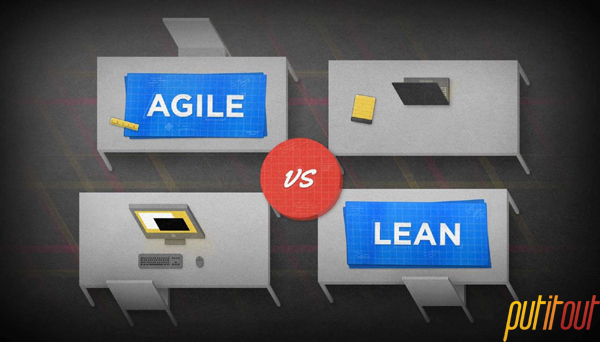We know that you don’t want to waste your time. We don’t want you to either. That’s why we’ve adopted Lean principles in our development approach.Â
We recommend you don’t guess what your users want, instead get your Minimum Viable Product to market and then you’ll learn what they actually want.Â
What does this all mean for Agile development?
Should we throw the Agile principles out and start again? Absolutely not. Agile, scrum and sprints can be used to great effect when combined with the thinking and analysis of Lean UX principles. Â
Here are five ways to start getting the most out of Lean and Agile:Â
1. Get customer validation early onÂ
Don’t spend all your budget, time and energy on the expensive & complicated design of a product that nobody wants. Spend a chunk of your cash on building your MVP - the minimum viable product that you can give to the market to see if there’s an appetite for more.
2. Solve your users problems
What will convert more wandering eyes into paying customers? Will that fancy feature really help you make a sale? Before including anything in your design ask yourself how it will tangibly help solve the problem you have identified for your users. If it won’t, then put the feature in the ‘nice to haves’ and get on with working on features that will.Â
3. Measure
Conduct user testing at the end of sprints. Stick in real measures to see how changes you have made in that release affect the user’s interactions with or feelings towards your product. Your users can be a selection of honest individuals, or even your scrum team evaluating the requirements built against your key metric - problem - you have highlighted. Keep asking yourself: Does this solve the primary problem identified?
4. Don’t worry about the process - use all the tools at your disposalÂ
There are many tools available to Lean UX and Agile practitioners and often people worry that they aren’t following “the rules� But one of the most valuable rules is to apply common sense, along with the correct tools, to your specific project. Is your product already in the market? Your “prototypes†will likely be digital and live - you’ve already got a starting point. Is your product an idea jotted down on a scrap of paper? Your prototype in this instance could be a basic set of wireframes.
5. Stay flexible
Flexibility and the ability to learn quickly and to action change will get you far. Often an argument against Agile is that it is “mini waterfall†with no ability to make a change until the end. By adopting the flexibility of Lean and not throwing all your resources at the project up front, your Agile sprints will become more valuable to your project.Â
To sum up, get your product out there, collaborate with users early on, stay flexible and have a willingness to bend and adapt the rules and you’ll be on your way to success.Â
At putitout, in order to keep ourselves in check with these 5 principles, we set all our engagements up with a Lean workshop from the start. We use this to really understand your objectives for your project first, and then to educate you on the tools that are available and how those tools can be used to realise your objectives.
Â
Find out how we can help you slim down by getting in touch on hello@putitout.co.uk or 0207 100 203











